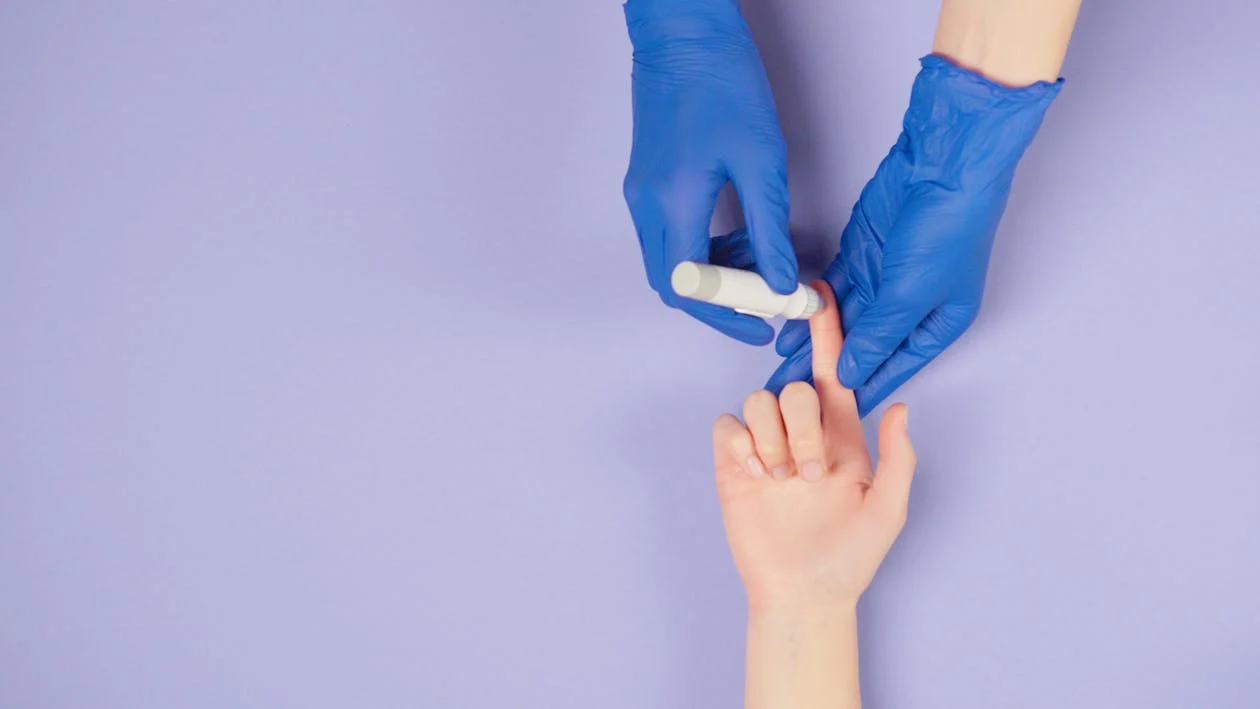Diabetes is a chronic health condition that affects millions of people worldwide, characterized by high blood sugar levels due to the body’s inability to produce or effectively use insulin. The disease comes in two main types: Type 1 diabetes, where the immune system attacks insulin-producing cells in the pancreas, and Type 2 diabetes, which is often linked to obesity, lifestyle factors, and genetic predisposition. While diabetes is traditionally managed through diet, exercise, and medication, the quest for a cure has been a topic of significant research and debate.
Understanding Diabetes Management
Currently, diabetes is managed rather than cured. For individuals with Type 1 diabetes, daily insulin injections or pump therapy are necessary to regulate blood sugar levels. Type 2 diabetes, on the other hand, can often be managed with lifestyle changes, oral medications, and sometimes insulin therapy. Despite these management strategies, complications can still arise, including cardiovascular diseases, kidney damage, and nerve damage.
Current Research on Curing Diabetes
- Stem Cell Therapy
Stem cell research has shown promising potential in treating diabetes, particularly Type 1 diabetes. Scientists are exploring ways to regenerate insulin-producing beta cells in the pancreas using stem cells. Preliminary studies have indicated that stem cells can differentiate into beta cells, but significant hurdles remain, such as ensuring the long-term functionality of these cells and preventing immune system rejection. - Gene Therapy
Gene therapy aims to correct the underlying genetic causes of diabetes. Recent studies have focused on delivering genes that could improve insulin production or enhance the body’s response to insulin. Although gene therapy is still in its infancy, advances in CRISPR technology have opened new avenues for potential treatments. - Artificial Pancreas
An artificial pancreas is a device that combines continuous glucose monitoring and insulin delivery to automatically regulate blood sugar levels. While not a cure, it offers a sophisticated method for managing diabetes and could significantly improve the quality of life for those living with the disease. - Immunotherapy
Research is also being conducted on immunotherapy to stop the autoimmune attack on beta cells in Type 1 diabetes. Some clinical trials are examining drugs that modify the immune response, aiming to halt the progression of the disease. Success in this area could lead to a form of remission for individuals diagnosed with Type 1 diabetes. - Weight Loss and Surgery
For individuals with Type 2 diabetes, significant weight loss has been shown to lead to remission. Bariatric surgery has been particularly effective in achieving substantial weight loss and, in some cases, reversing diabetes symptoms. Research indicates that the metabolic changes following weight loss can lead to improved insulin sensitivity and better blood sugar control.
Challenges and Considerations
While the prospects of curing diabetes are encouraging, there are challenges to consider. Ethical concerns surrounding stem cell and gene therapies, the variability in individual responses to treatments, and the need for rigorous clinical trials mean that widespread application of these potential cures is still a long way off. Furthermore, public awareness and understanding of diabetes as a complex condition necessitate continued education.
Conclusion
The search for a cure for diabetes is ongoing, with exciting advancements in various fields of research. While there is no definitive cure available today, breakthroughs in stem cell therapy, gene therapy, and immunotherapy show promise for the future. Until a cure is discovered, effective management through lifestyle changes, medication, and education remains crucial for those living with diabetes. The collective efforts of researchers, healthcare providers, and patients continue to inspire hope for a future where diabetes may one day be a preventable and reversible condition.

